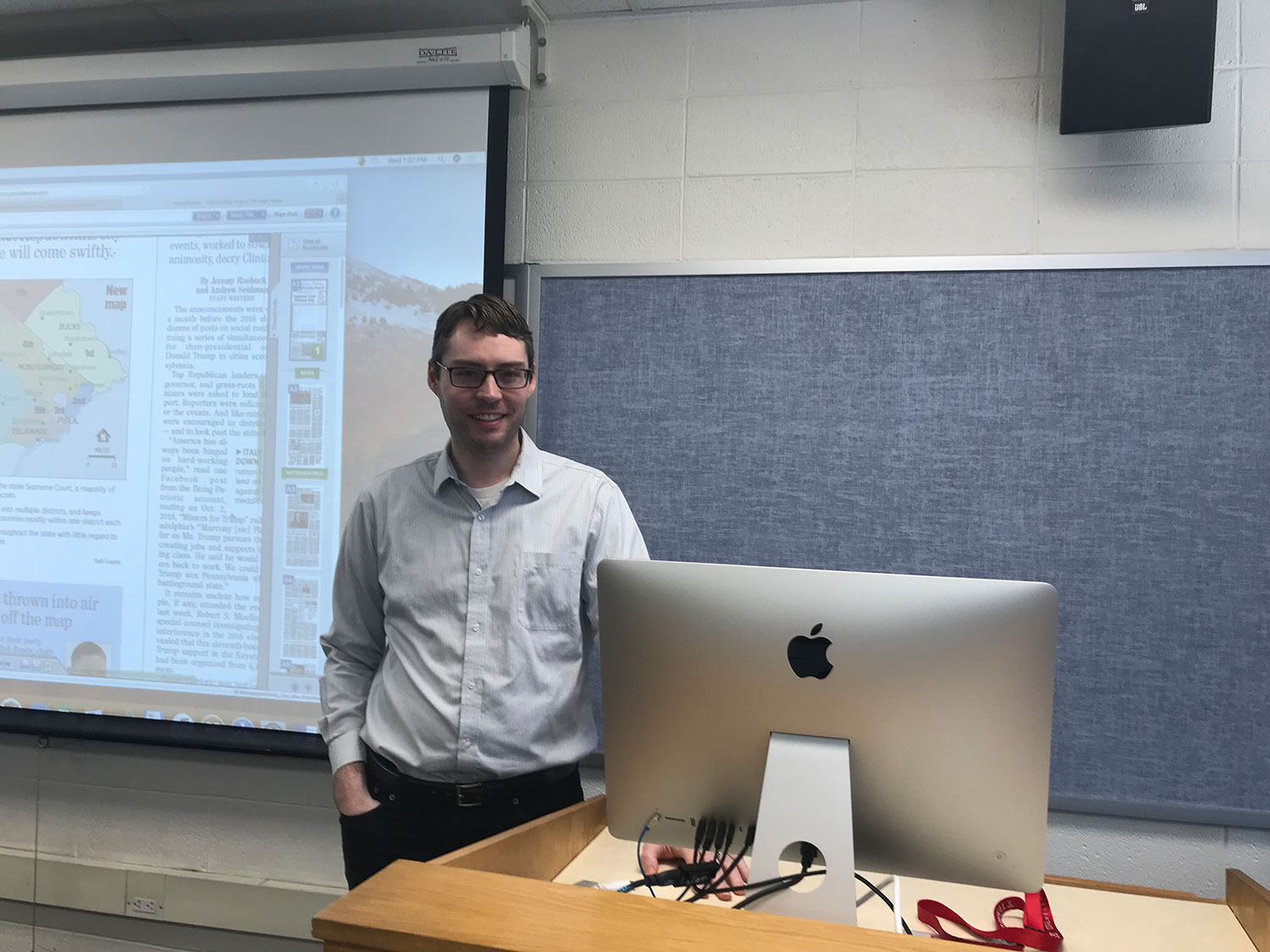“The things [producers and broadcasters] chose to cover has an effect on people’s ability to participate in a democratic society,” said Klein College journalism professor Dr. Logan Molyneux.
In September 2017, Molyneux published his study, “Multiplatform news consumption and its connections to civic engagement,” in SAGE Publications looking into the relationship between multimedia news consumption and civic engagement.
In it, he referred to civic engagement as the broad term used to define “the set of activities that are ‘designed to identify and address issues of public concern.’” More specifically, he defined “civic engagement” as referring to “civic and political participation collectively,” while simultaneously “treating media use as a separate concept and antecedent of civic engagement.”
He noticed overlap in the relationships between the audiences in mobile and internet news and hoped to further explore multiple types of media, specifically looking into “information density, immediacy, normalization and interactivity,” each of which defines the capacity, amount and mode of news consumption.
In his approach, Molyneux proposed three research questions aimed at understanding how types of news platforms and types of news content contribute to levels of civic engagement.
Molyneux worked to answer these question via a survey of approximately 1,500 Americans.
Participants were asked how frequently they consumed news via different platforms and how they pay attention to different news stories. It was rare to see someone who got most of their news from television.
“When we try to connect each of these little platforms to civic engagement, all of them have a positive effect except for television...it actually has a negative effect on civic engagement,” said Molyneux. He found this new result surprising.
“The content of what was on television drew a ton of heavy criticism...we have nothing but breaking news, and weather,” Molyneux said. “It’s crime and disaster over and over and none of these help people participate in civic life in anyway.”
To support this, Molyneux found that the amount of news that can be conveyed through television news is significantly lower than print media.
“Television isn’t good for informational purposes, as opposed to reading a story,” said Molyneux.
Finally, in looking at news audiences that combined platforms, Molyneux saw that the more people obtained news through a variety of sources, the more civically engaged they were. Again, Molyneux confirmed lower levels of civic engagement among those using television to gather news.
“Television has to take a hard look at the kinds of content they produce and the ways they’re trying to reach people,” said Molyneux.
“One of the things reviewers kept asking me for is why should the platforms be different in the first place… so I had to think about why each platform might have different consumption patterns of consumption habits,” said Molyneux. He said it drove him further to investigate different mindsights and the news people are seeking out.
To be more civically engaged, Molyneux suggests that citizens follow a variety of news sources and platforms.
“A lot of people think that a great way to get news is to just scroll through social media… I would suggest [looking at] some of the largest and most reputable news sources in this country and across the world,” Molyneux said.
“You have to take charge of your news consumption.”

